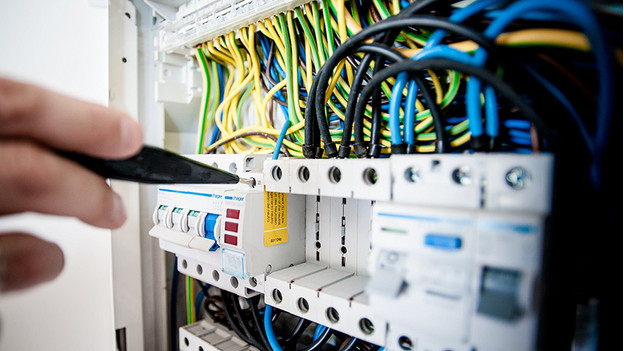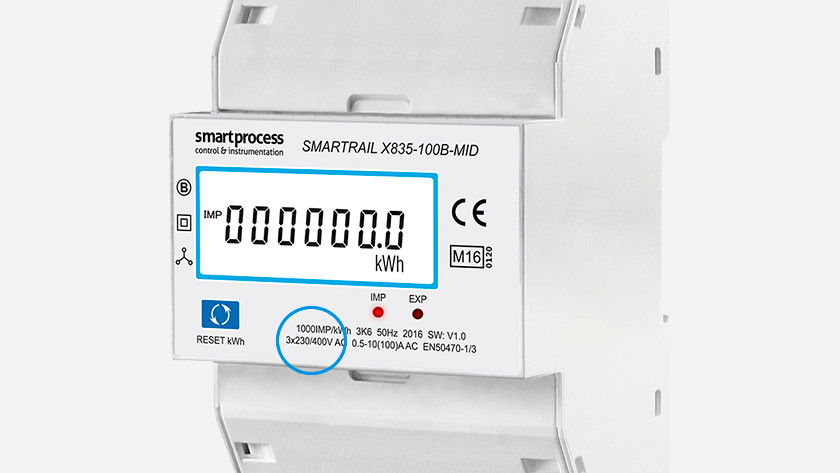
Switch from a gas stove to an electric stove
Check how much power your house provides
The electricity meter shows whether your home gets 1-phase or 3-phase electricity. Check the electricity meter in your fuse box. How many phases of electricity does your home supply?
- 1 phase: it says 220/230V on your electricity meter.
- 3 phases: it says 3x 220/230V or 380/400V on your electricity meter.
Can't figure it out by yourself? Contact your network operator and ask how many phases they supply to your home.
Switch to 1 phase

If it says 220/230V on your electricity meter, you have 1 phase. If you want to make your fuse box suitable, contact your network operator. They'll tell you whether it's possible to supply 3-phase electricity instead of 1-phase electricity and what the costs are. If you receive 3 phases, you can contact an electrician to install a power circuit and run the necessary wiring to your kitchen. After this, your house is suitable for an electric stove.
Switch to 2 phases

Does it say 2x 220/230V on your electricity meter or do you have 1 circuit that consists of 2 connected circuits? You have enough power for a 2-phase stove. You do need a Perilex socket in your kitchen. You can recognize this on the 5 slots instead of the regular 2 slots. Don't have a Perilex socket in your kitchen? Ask an electrician to make one.
Switch to 3 phases

If it says 3x 220/230V or 380/400V on your electricity meter, you have 3 phases. That means that your connection provides enough electricity for an electric stove. Now all you need is a power circuit in your fuse box and a Perilex socket in your kitchen. Contact an electrician to install a power circuit and run the wiring to your kitchen. After this, your connection is suitable.




